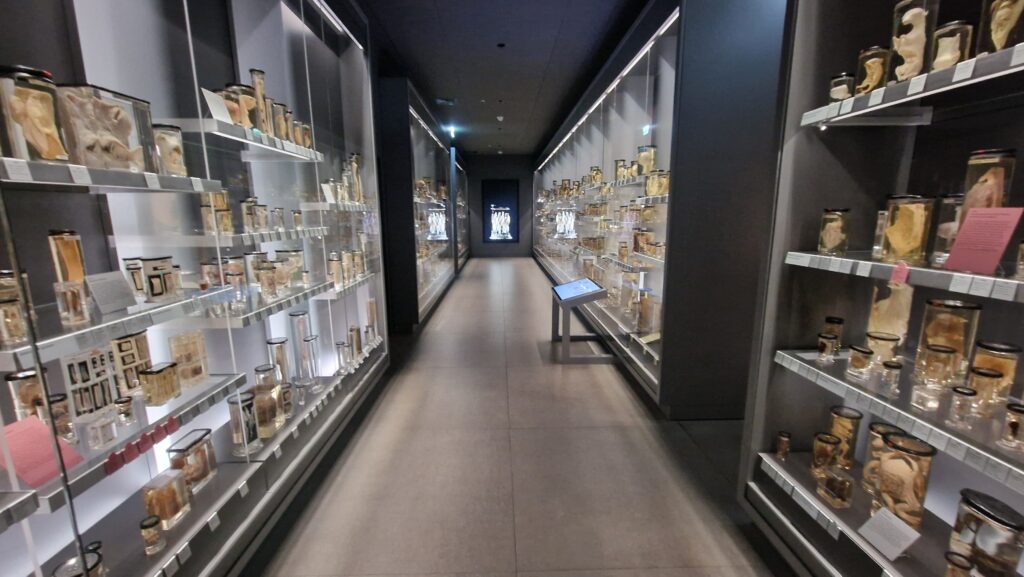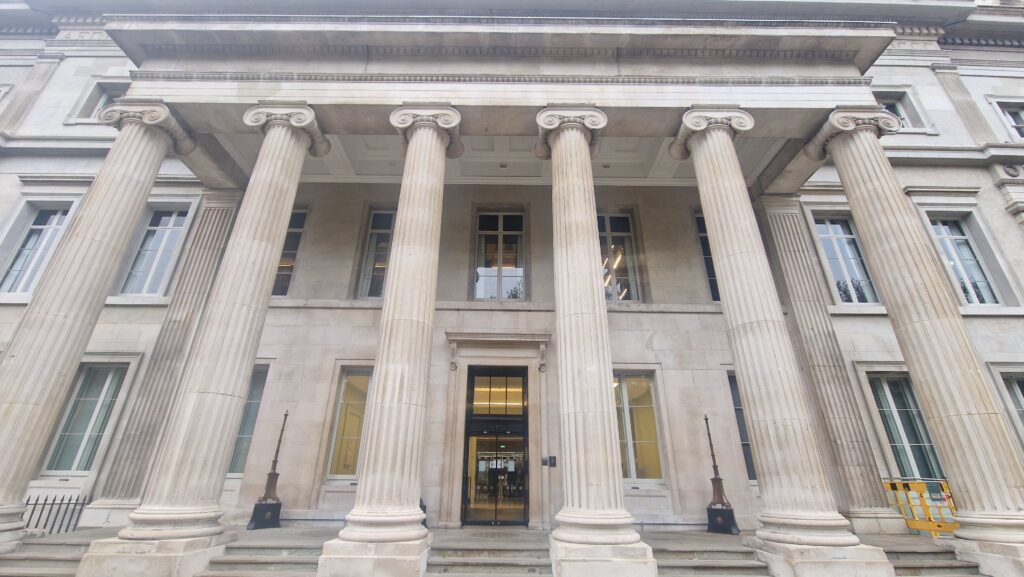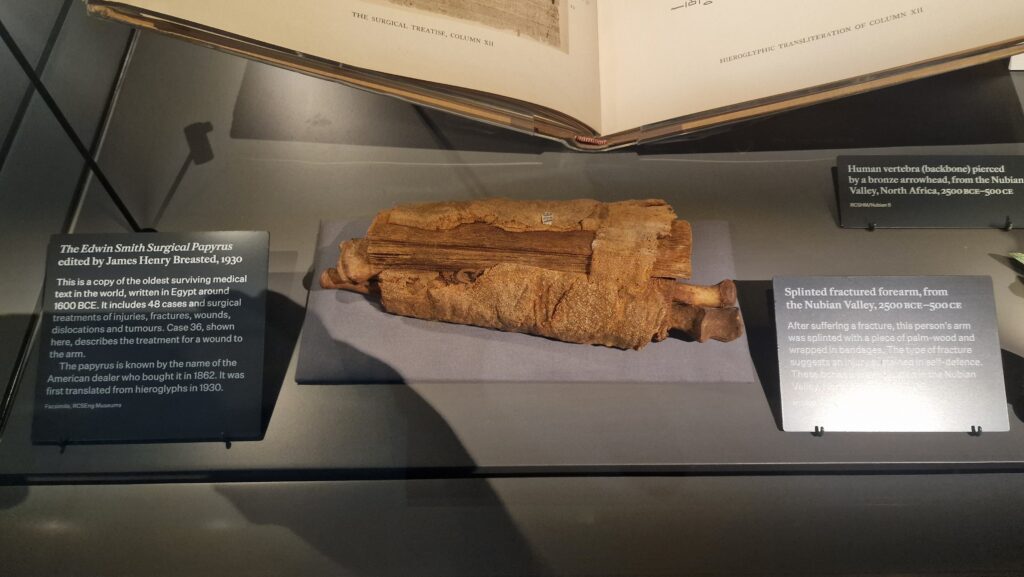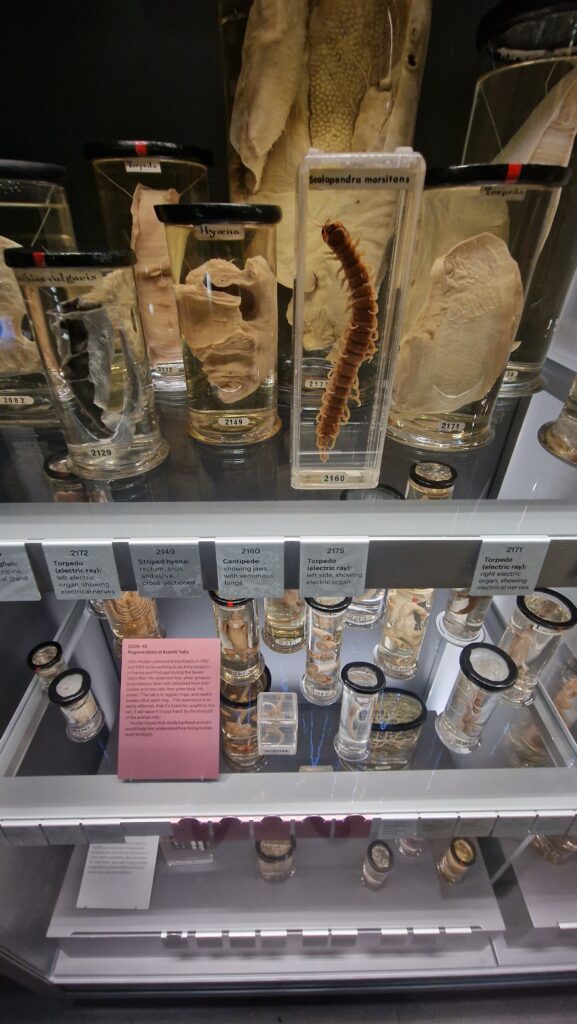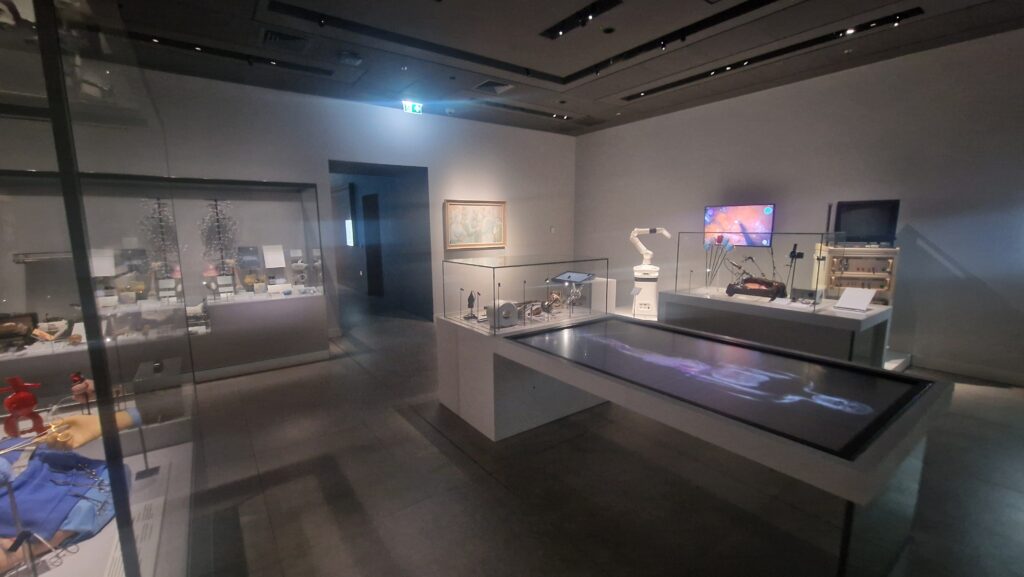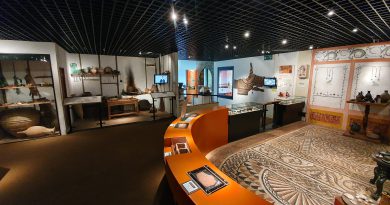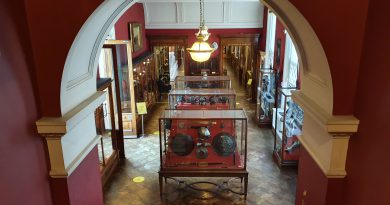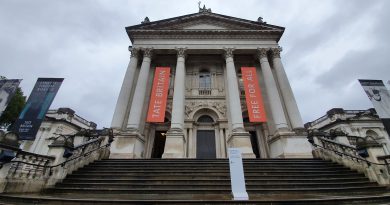London – Westminster (Borough of) – Hunterian Museum
Just to break up my witterings on old Soviet statues displaced around Estonia, here’s a quick distraction about my visit to the Hunterian Museum in the week. I decided long ago that I wasn’t cut out to be a surgeon (there’s a pun there, but I won’t labour it) due to numerous factors, mostly relating to being slightly sensitive. The museum asks for visitors not to post close-ups of human remains on social media, so I’ve avoided taking any photos of all the human things that they have in jars.
It’s a well signed museum and I pre-booked a ticket, although I don’t think it was essential on a Tuesday afternoon in November. A staff member pointed out where to put my backpack and that was relatively simple after I had worked out the instructions on the lockers. I say relatively simple, it took me two minutes of standing there confused. The next stage felt a little sub-optimal, I was given a welcome and then told “there’s no fixed admission charge, you pay what you like but we recommend £5” whilst being walked to a contactless card machine. This slightly odd customer service approach is perhaps just a little sub-optimal as their web-site notes “the Hunterian Museum is free to everyone” and I ignored the situation and meandered in.
This is my first visit to the museum and I noticed a few reviews noting that they went through a large renovation a few years ago and moved the collection out of the grand two storey room it was displayed in and instead put it in some corridors. It is a poorly designed museum by any measure in terms of the customer flow, there are pinch points all over the place so groups cluster together. However, it’s free (well, sort of) and so it feels a little unfair to complain too much. During the renovations, they did though finally take the skeleton of ‘Irish Giant’ Charles Byrne off from display, this was a controversial thing to even be shown, although they’ve still denied him the burial he wanted.
This is a splinted fractured forearm from the Nubian Valley, although its date range is wide and anything between 2500 BC and 500 AD. It looks like something I would have been in charge of if I had been a medic back in those days.
There are lots of these displays of things in jars, I used this as an example as there are no human remains in it and it’s mainly fish and lizards here. I didn’t take a photo as they’re of human remains, but the Evelyn Tables were quite something, the oldest anatomical preparations in Europe.
The Hunterian doesn’t shy away from the darker side of medical history. Early surgical instruments, some looking more like torture devices to me, illustrate the crude and often painful procedures of the past. Pathological specimens, including tumours and diseased organs, offer a stark reminder of the fragility of human health and it’s been a useful resource for surgeons over the generations. It’s thought provoking though and I like that in a museum.
One of the displays of modern medicine, although I got the impression that most visitors seemed more interested in looking at the things in jars. I thought that this was a fascinating museum and I’ve been meaning to go for years, so I was pleased to finally visit. It’s a unique museum in very many ways and an essential part of the history of medicine in this country, with some considerable heritage to the collection and to the building. There’s a learning aspect which is perhaps becoming less relevant, but there was a school group when I visited and that’s part of the education side of the museum’s offering. It is a little macabre by its nature and feels dated, but that’s inevitable when the collection in jars was mostly put together two hundred years ago. There are moral sensitivities here about what should be on public display, as these are human remains. The museum benefits from being part of the Royal College of Surgeons, the moral issues are minimised here as there isn’t a commercial imperative behind what’s happening.
Anyway, I’m glad that I went and I’d say it’s worth an hours of anyone’s time, although I noticed two people from the school group saying they were feeling very queasy, but the museum themselves warns about this. It’s probably best to book a ticket in advance, it’s free and can be done quickly from the museum’s web-site. Right, back to Soviet statues in Estonia.

